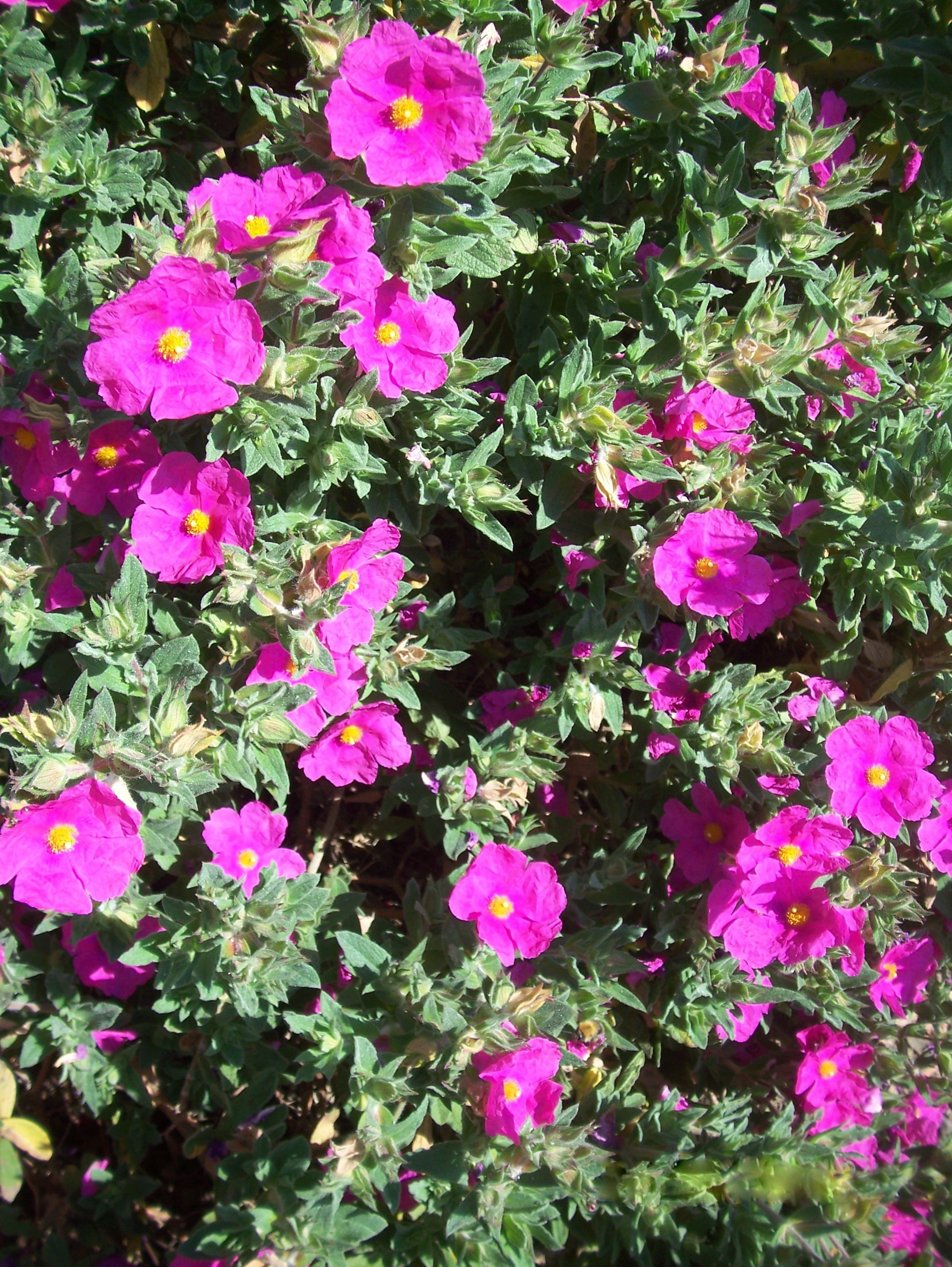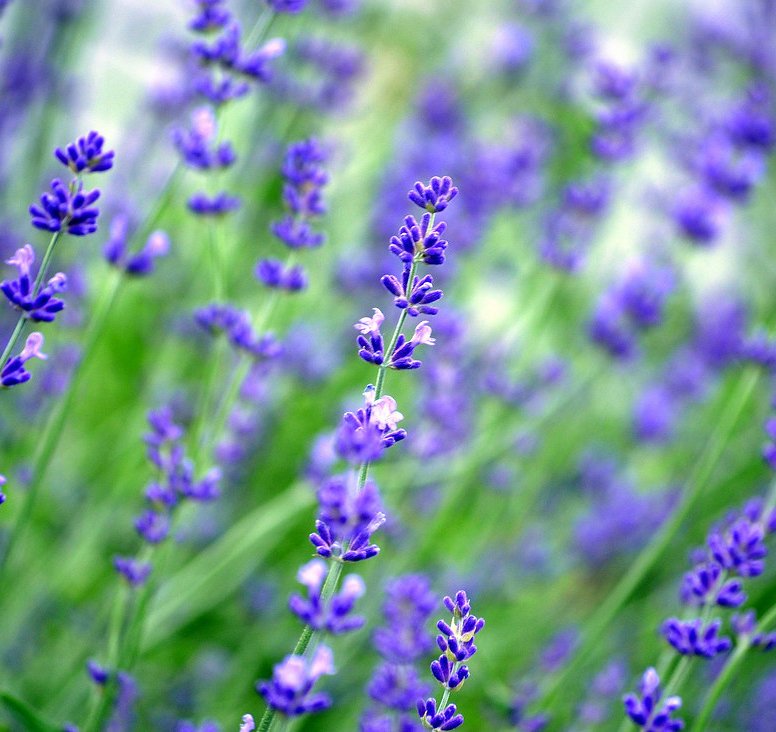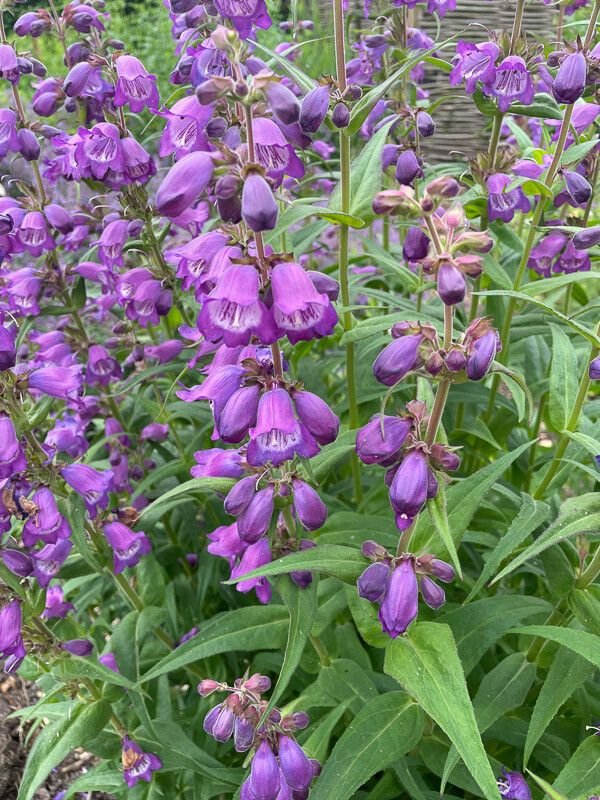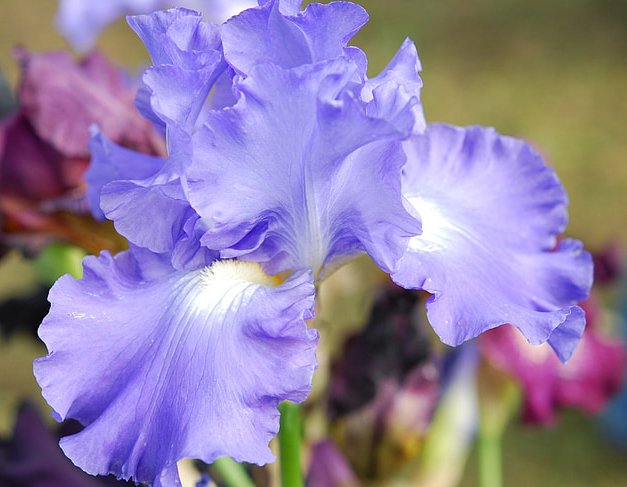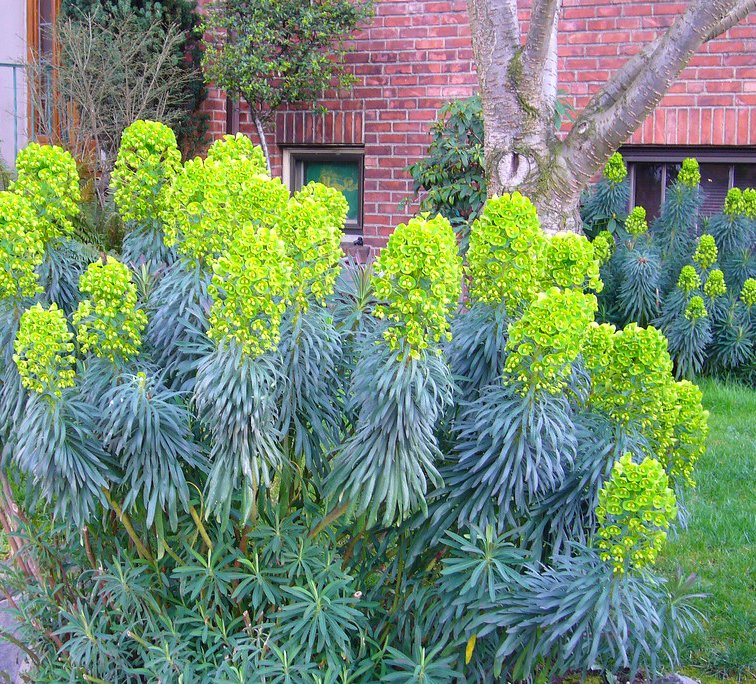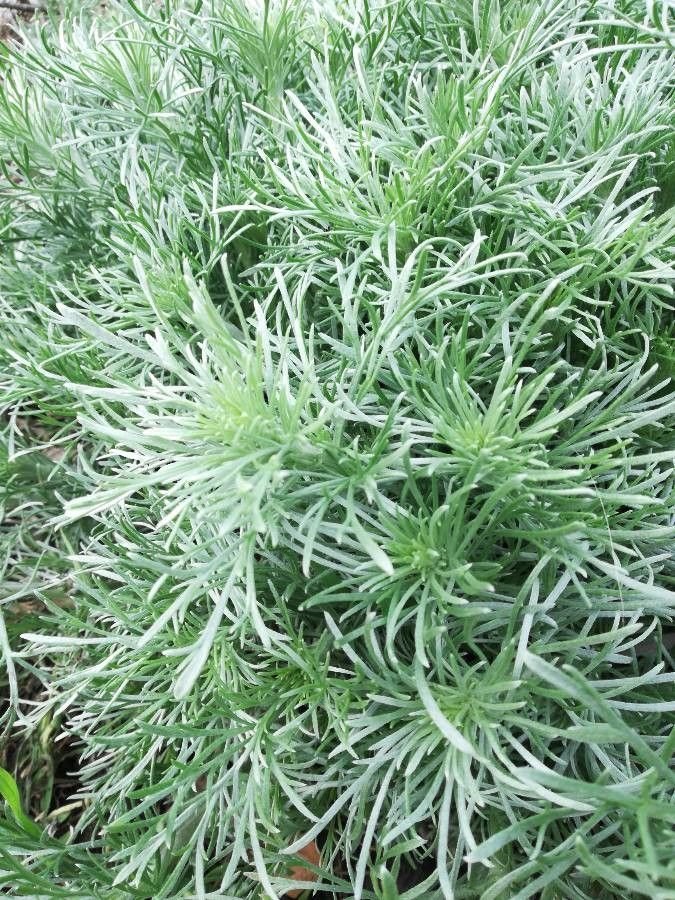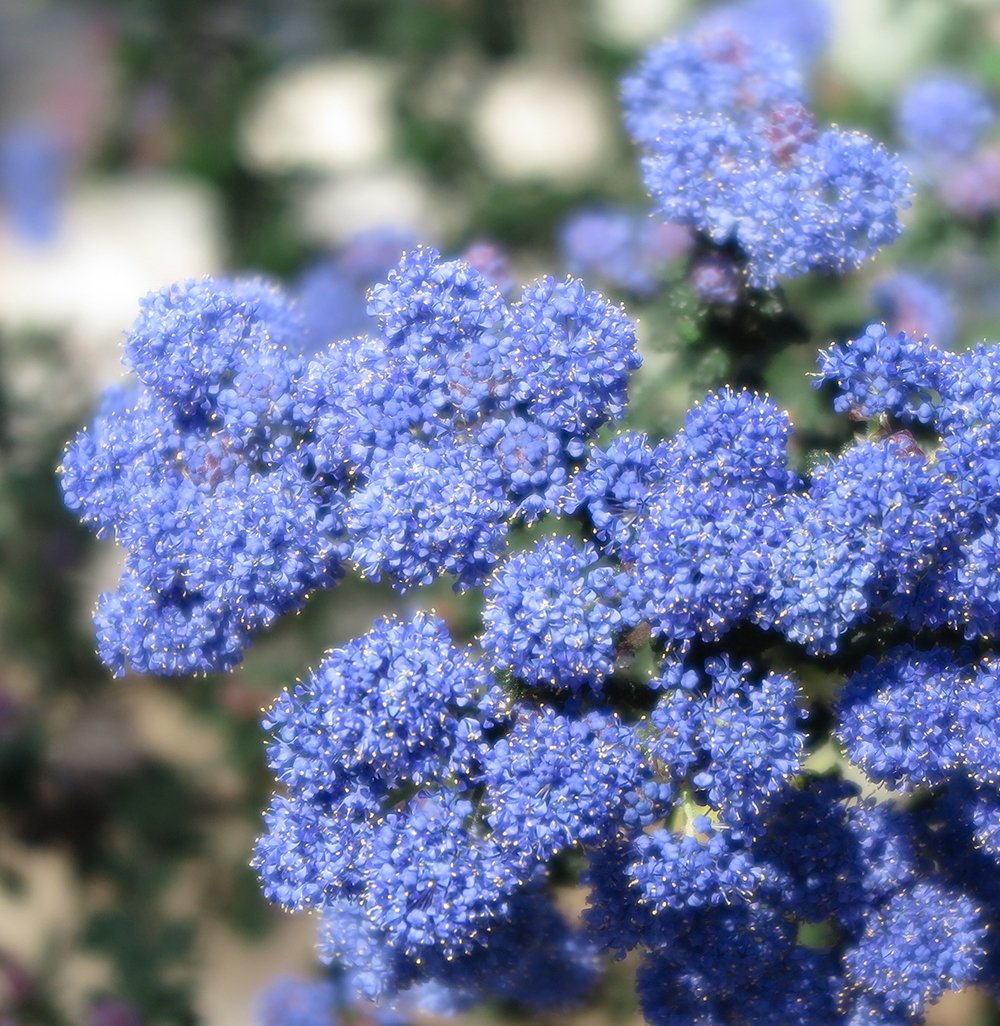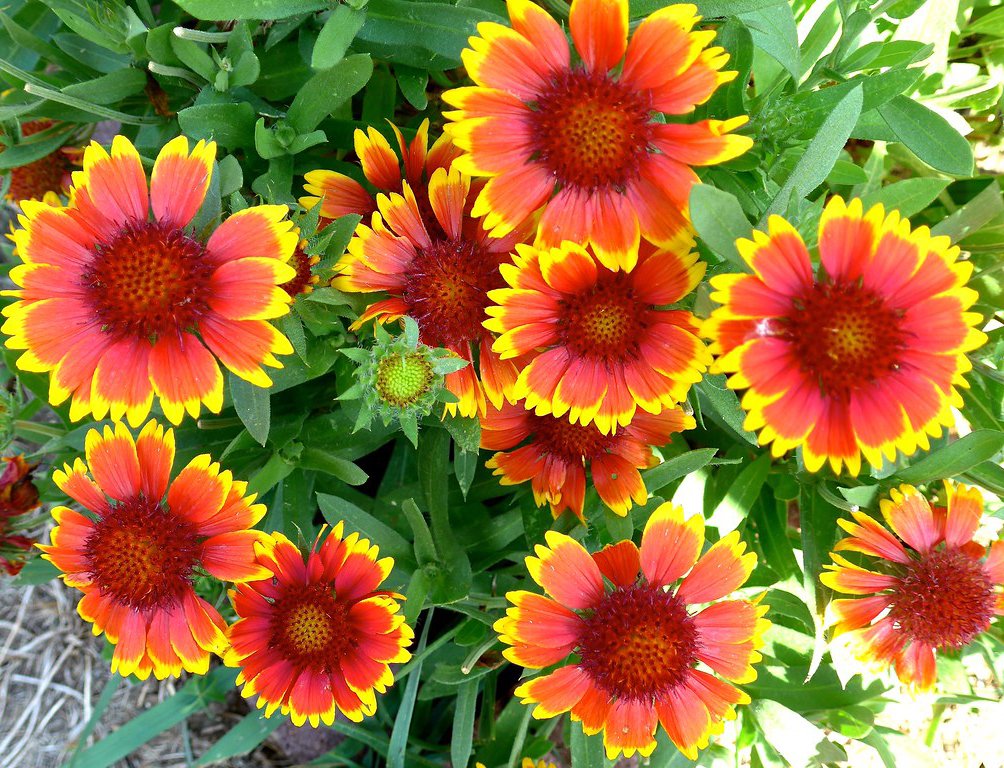Taming the Gopher Menace: Sustainable Solutions for a Flourishing Garden
By: Annie
Gophers, those industrious burrowers with an insatiable appetite for plant roots, can transform a lush garden into a battleground for gardeners - nothing inspires more rage in a gardener than watching a favorite plant toppled by these hungry rodents.
Pocket gophers, commonly called simply gophers, are burrowing rodents of the family Geomyidae. You’ll be horrified to learn that there are about 41 species - all endemic to North and Central America, and all bent on destroying gardens.
But help is at hand. Effective gopher control methods, coupled with mindful plant selection and protection, are crucial for maintaining a vibrant garden without resorting to harmful poisons.
In this comprehensive guide, we will explore sustainable strategies to control gophers, the importance of avoiding poisons, tips for choosing drought-tolerant and gopher-resistant plants, and the merits of using gopher cages for safeguarding your green haven.
Controlling Gophers:
You may believe you can live peacefully alongside gophers and have a luscious garden, but we regret to inform you that the two are mutually exclusive, and no matter how nonviolent you are, you may come to believe that the only good gopher is a dead gopher.
There are many methods to dispatch gophers, including encouraging predators that like to snack on them (birds of prey, herons, gopher snakes, bobcats and coyotes, to list just a few), but the ones you can reliably employ are listed below - a job you can often do yourself, but may be best left to a gopher control pro.
Google your local gopher control companies and ask them how they go about controlling gophers in your area. Are the methods they use environmentally friendly?
Trapping:
Employing traps designed for gophers is a humane and effective method for controlling their population. Set traps strategically in active tunnels, checking and relocating them regularly for optimal results.
Repellents:
Natural repellents, such as castor oil-based products, can be applied to the soil to discourage gophers from tunneling, though we are on the fence about the efficacy of this method. These substances create an environment that gophers find unpleasant, encouraging them to seek alternative foraging areas. Please DO NOT use the urine of predators for this task - it’s collected from those predators in the most inhumane ways.
Fumigation:
Fumigating gopher tunnels using aluminum phosphide or gas cartridges is a more drastic measure. Exercise caution and adhere to safety guidelines to avoid harm to humans, pets, and non-target species.
Avoid Poison At All Costs:
Using poisons to eradicate gophers may seem like a quick fix, but it comes at a substantial cost to the environment, human health, and the overall well-being of your garden, and for the following reasons we do not recommend it:
Environmental Impact:
Using poisons to control gophers can have detrimental effects on the environment, contaminating soil, water, and potentially harming non-target species. Poisons may disrupt the delicate balance of ecosystems and pose risks to other wildlife, pets, and humans.
Secondary Poisoning:
Gopher poisons can lead to secondary poisoning when predators, like this bobcat, consume poisoned gophers. This unintended consequence can have cascading effects on the food chain and harm beneficial species.
Human and Pet Safety:
Chemical poisons pose a direct threat to the safety of humans and pets. Accidental ingestion or contact with these substances can result in severe health issues, emphasizing the importance of adopting safer alternatives.
Choosing Drought-Tolerant, Gopher-Resistant Plants:
A great many plants taste simply disgusting to gophers, and we can certainly design a garden around those species. Some gophers get desperate and will eat those plants anyway, but we find this is unusual. A few of the genera that resist gopher attack are listed below:
Cistus spp. (Rockrose):
With its beautiful crinkled flowers, Cistus is a drought-tolerant shrub that thrives in dry, rocky soil, and gophers tend to avoid it.
Lavandula spp. (Lavender):
Gophers steer clear of the aromatic and water-efficient lavender. This fragrant herb adds beauty to your garden while deterring unwanted guests.
Penstemon spp. (Beardtongue):
With its tubular flowers and resilient nature, penstemon is both drought-tolerant and unappetizing to gophers.
Iris spp. (Bearded Iris):
Known for their stunning blooms, bearded iris varieties are resistant to gopher predation, making them an elegant and practical addition.
Salvia spp. (Sage):
The aromatic leaves of sage make it an unappealing option for gophers, and its drought resistance adds to its garden-friendly attributes.
Achillea millefolium (Yarrow):
Yarrow's feathery foliage and vibrant flowers make it an excellent choice for gopher-prone areas, as these rodents typically avoid it.
Euphorbia spp. (Spurge):
Spurge, with its unique forms and textures, is both highly drought-resistant and unpalatable to gophers.
Artemisia spp. (Wormwood):
The silver-gray foliage of wormwood adds an attractive contrast to the garden, and gophers tend to avoid it due to its bitter taste.
Ceanothus spp. (California Lilac):
California lilac's vibrant, scented blooms and evergreen nature make it an appealing option that gophers generally find unattractive.
Gaillardia spp. (Blanketflower):
With its bright, daisy-like blooms, blanketflower is both drought-tolerant and a less appealing option for gophers.
Using Gopher Cages for Plant Protection:
Gopher cages, or wire baskets, provide a physical barrier that shields plants from gopher attacks. Installed properly during planting, with sufficient basket above ground level to prevent gophers simply climbing over the edge, this investment in plant protection offers several advantages:
Root Safeguard:
Gopher cages prevent these subterranean marauders from reaching and damaging the roots of your prized plants, ensuring their health and longevity.
Long-Term Solution:
Gopher cages are durable and provide a long-term solution for protecting plants. Unlike temporary fixes, they offer reliable defense throughout the plant's lifespan.
Versatility:
Suitable for a variety of plant sizes and types, gopher cages are versatile and adaptable to different garden layouts and plant species.
Economic Viability:
While gopher cages require an initial investment, their long-lasting nature makes them a cost-effective solution compared to continually replacing plants lost to gopher damage.
Conclusion:
It’s worth noting that even if you choose mostly gopher resistant plants, and plant any others in cages, gophers will still tunnel in your garden in hopes of finding food. The resulting mounds of earth can mess up your newly laid mulch and damage your lawn if you have one, so you may need to trap the gophers in addition.
And once eradicated, can you sit back and enjoy your garden? For a while. But gophers will likely return from neighboring gardens to keep you on your toes. Our recommendation is to use the right plants, keep others in gopher cages, and reduce the risk of sleepless nights.
Tackling the gopher challenge in your garden involves a multi-faceted approach that prioritizes sustainable control methods, thoughtful plant selection, and protective measures like gopher cages. By choosing drought-tolerant, gopher-resistant plants and embracing environmentally friendly solutions, you can foster a garden that thrives while maintaining harmony with the surrounding ecosystem.



